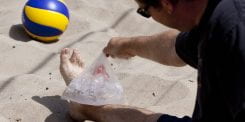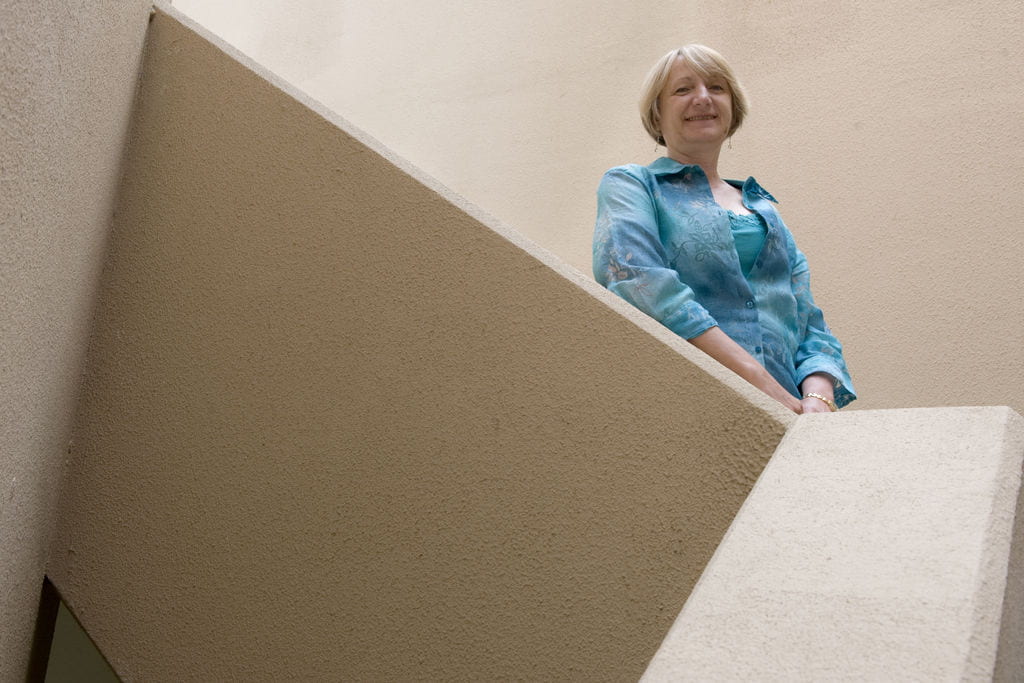Large Hadron Collider is back in action
Particle beams are once again zooming around the world’s most powerful particle accelerator – the Large Hadron Collider at the…
Particle beams are once again zooming around the world’s most powerful particle accelerator – the Large Hadron Collider at the CERN laboratory near Geneva, Switzerland. After more than a year of repairs, the LHC (pictured) is back on track to create high-energy particle collisions that may yield extraordinary insights into the nature of the universe. The LHC seeks to replicate conditions just a fraction of a second after the Big Bang by smashing subatomic particles together at tremendous speeds in a 17-mile underground ring. Scientists hope these high-energy collisions will help explain basic forces that have shaped the universe. Eight UC Irvine faculty members and many postdoctoral researchers and staff members are involved with the LHC. Developing electronics, computer systems and software integral to collecting and recording data, they’re among about 10,000 people from 60 countries participating in the project.


